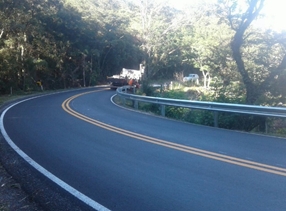Slurry surfacing: a review of definitions, descriptions and current practices
DOI:
https://doi.org/10.21809/rilemtechlett.2019.91Keywords:
Cold bitumen emulsion technologies, surface treatment, slurry seal, microsurfacing, literature reviewAbstract
Cold bitumen emulsions (CBE) are currently used worldwide for both non-structural (cold surface treatments) and structural (cold bituminous mixtures) paving applications. Among non-structural applications, bituminous slurry surfacings (BSS) allow to improve surface properties and extend the pavement’s life. However, selection of constituents, mix design, application and quality control procedures for BSS are mostly based on local experience and empirical tests. Thus, the use of BSS is associated to higher technical risks with respect to the use of traditional hot-mix technologies.
In this context the RILEM Technical Committee 280-CBE TG2 “Multiphase characterisation of cold bitumen emulsion materials” aims to collect worldwide theoretical knowledge and experiences on BSS and to inspire new standards, specifications and guidelines encompassing the wide set of existing practices. This paper summarizes the first part of the literature review carried out as part of the TC workplan and focuses on the definition, the description and the application method for BSS. National standards, construction specifications and best practice documents from North America, South America, Europe and Australia are analysed and compared.

Downloads
Published
How to Cite
Issue
Section
License
Authors retain copyright of the articles published in RILEM Technical Letters and grant the journal the right of first publication with open access. The work is simultaneously licensed under Creative Commons Attribution 4.0 International License (CC BY 4.0) that allows others to share and adapt the work under the following terms: 1) a proper attribution is given in a form of bibliographic record with the DOI link directing to RILEM Technical Letters; 2) a link to the license is provided; 3) the changes (if any) are indicated.









